Icons of Rebellion: How Ozzy Osbourne and Hulk Hogan Defined 1980s Youth Culture
When my wife Felicia heard that Ozzy and Hulk Hogan had passed away, she was about to cry but held back her emotions. Ironically, I then caught myself starting to get a little emotional—wanna bet Ric Flair cried?
I ran across this video of President Trump hearing the new of Hogan’s death and he looked visibly emotional. Let’s face it Trump doesn’t get emotional about anything—just saying.



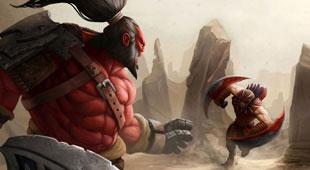

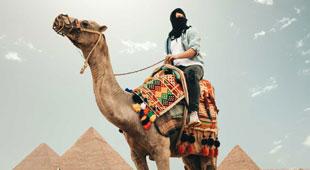




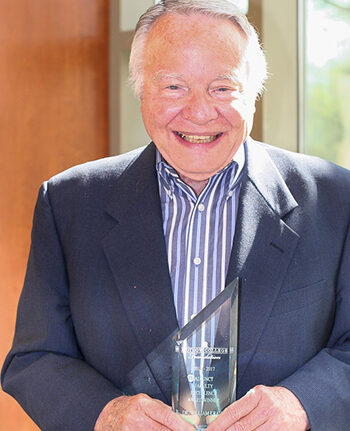
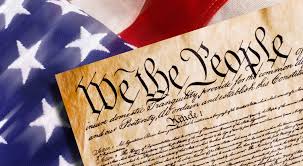
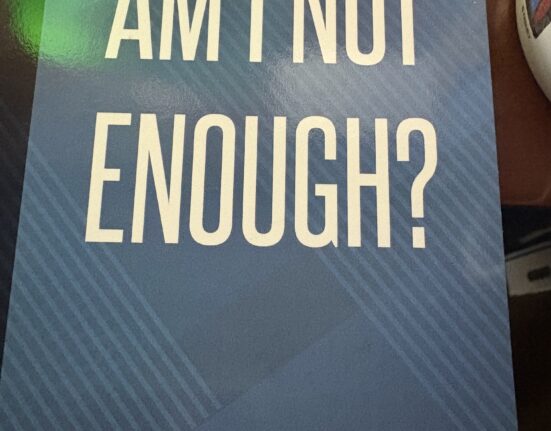
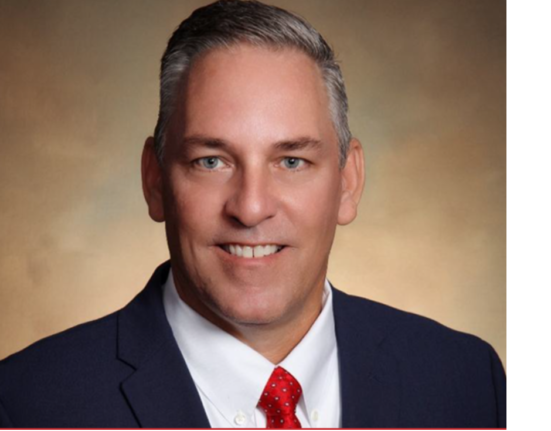
Leave feedback about this